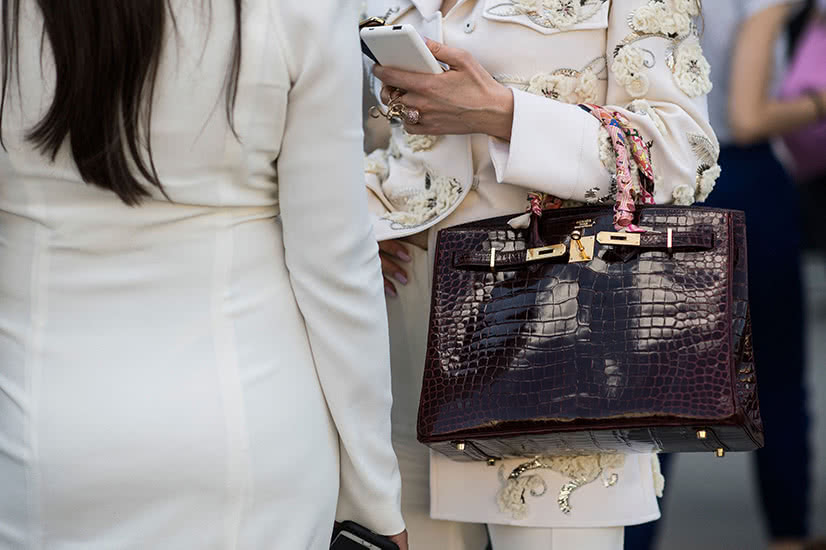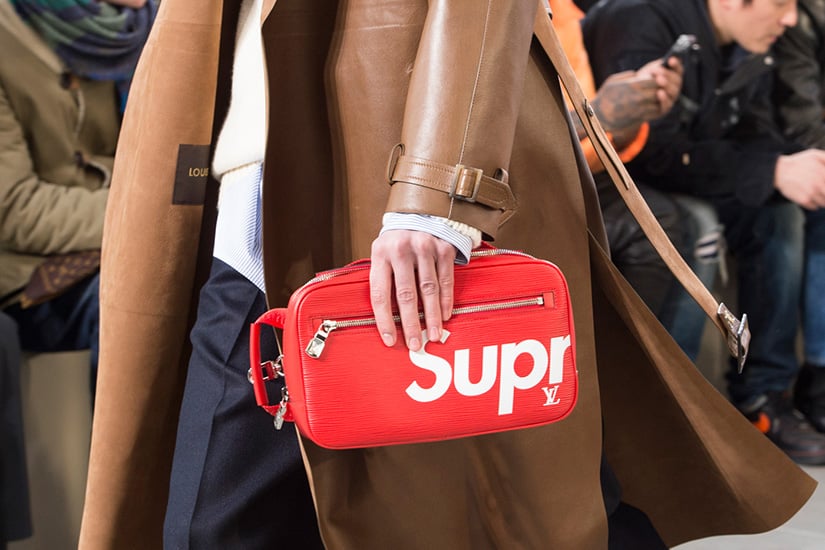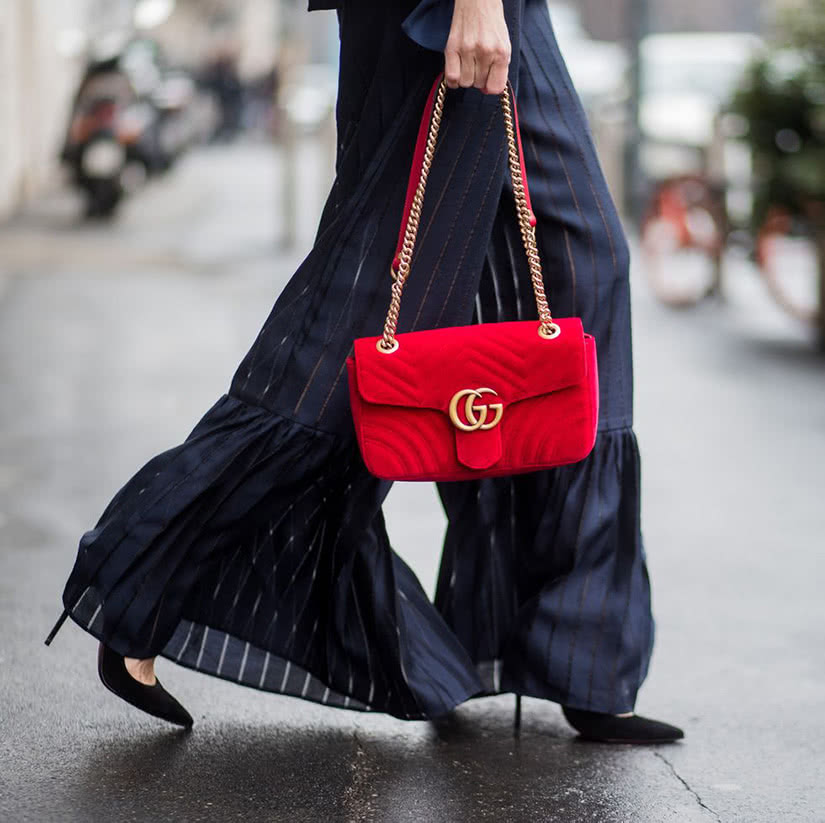Luxury goods’ enduring desirability and durability make them particularly well-suited for resale.
Secondhand goods are not any substitutes for new product purchases, however.
Driven by the desire to empty their wardrobes, finance new luxury purchases and be responsible consumers, the mindful Millennials and Gen Z consumers power both the secondary market and the primary market.
57%
of Gen Z and 50% of Millennials consider resale value when purchasing luxury goods. (BCG-Altagamma)
Fueled by luxury resale sites such as Vestiaire Collective, TheRealReal and Rebag, today’s savvy affluent shoppers are encouraged to think about their luxury purchases as investments and assets.
Over half of younger consumers consider resale value when purchasing luxury items.
Resale value is thus a purchase motivator in the primary market: Knowing they will eventually earn back a significant percent on the original cost through luxury resale, affluent consumers are more inclined to purchase a new luxury item.
Most sellers reinvest their resale earnings in purchases of new goods from the brands they love. The more conviction consumers have that these luxury goods are liquid, the more new goods they will buy.”
– Charles Gorra, co-founder of Rebag
It is interesting to note here that some luxury goods hold their value better than others or even fetch premiums on the secondhand market.
It is not rare for highly sought-after Hermès’ Birkin bags, for example, sold in carefully constrained numbers by the French luxury Maison, to be more expensive on the secondary market.

Instant Evaluation Tool For The Luxury Resale Industry
Launched in October 2019 by luxury handbag resale site Rebag, Clair (which stands for Comprehensive Luxury Appraisal Index for Resale) allows users to instantly check a luxury handbag’s resale value. The tool (available in mobile app and website form) calculates the resale value of a luxury bag by taking into consideration the handbag’s model, style, size, colour and condition on an A, B, C, D scale.
But luxury classics are not the only items to retain or increase in valuation overtime on the secondary market.
Purposely-limited releases and high-profile collaborations with luxury brands fuel the social media hype and demand for streetwear brands such as New York-based Supreme.

Once announced, word spreads quickly. Oftentimes sold through drops on the primary market, streetwear has supercharged the traditional supply-and-demand model. Some ultra-rare items can sell out in a matter of seconds before being market up 100% or more on resale platforms almost immediately thereafter. Some individuals are indeed purposely buying streetwear merchandise with the sole intent to resell it for profit. These remarkably lucrative results have led to a growing streetwear resale culture, moving from small subcultures of collectors to dedicated, professionalised online marketplaces such as Grailed or StockX.
So what do a Hermès handbag, a Patek Philippe watch, and a Supreme accessory have in common that command such as high resale value?
Built-in scarcity.
Scarcity turns goods into highly collectable investment pieces that command a higher resale value.
With more and more consumers contemplating the resale value of their luxury purchases, we’ve created a taxonomy that provides a more transparent way for consumers to shop more wisely.”
– Charles Gorra, CEO of Rebag
By mastering the dynamic of limited availability and the anticipation of a time-limited chance to buy (sometimes quicker than you can say “add to cart”), luxury brands and streetwear collaborations are building momentum and actively steering demand.
In this new context, scarcity and insider knowledge are what drive exclusivity and desirability and ultimately the resale price tag.
Plus, owning something that few others managed to grab is highly coveted, especially among young affluent consumers who seek self-expression.

Interestingly, luxury resale sites can also serve as an indicator of what luxury brands are in vogue in the primary market. Brand-new or secondhand, Gucci dominates the luxury retail market as the most-searched-for luxury brands, as also reflected in our latest ranking of the best luxury brands online.
Image credits: Getty Images
Cover image: Hermès










